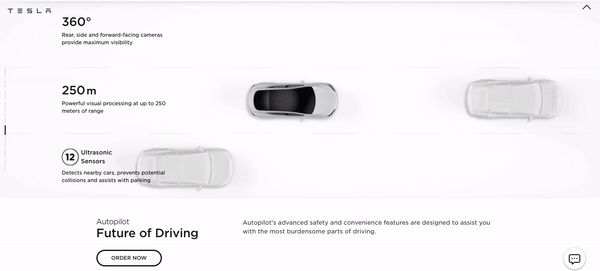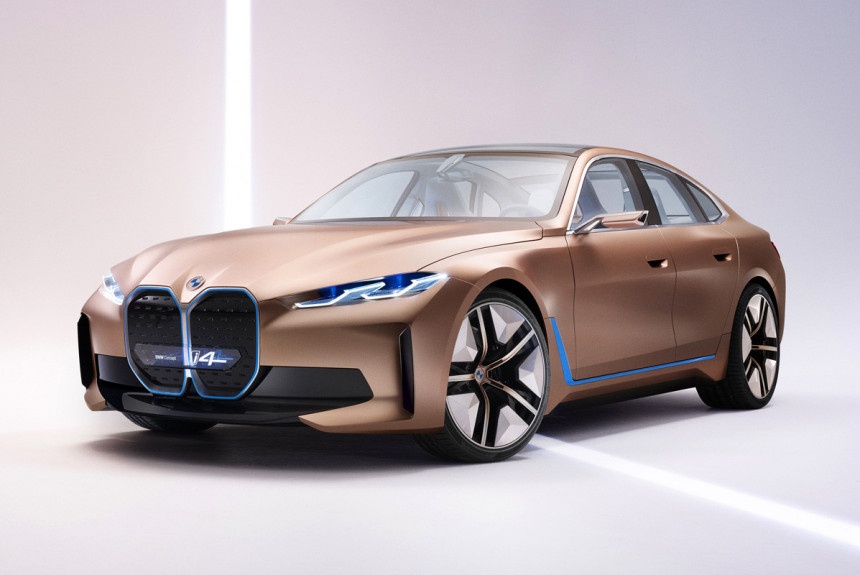
How effective is the new Tesla Vision system compared to radar?
Content
Tesla's new camera system to monitor the environment and control Tesla's autopilot functions is already making headlines, with some claiming it is taking a step back to stop using proximity radars.
Is it better than the radars that self-driving cars currently use is a question that many Tesla owners and curious people might be asking now that Tesla has ditched radars in favor of the Tesla Vision.
How does TeslaVision work?
Tesla Vision is a camera-based system that monitors the vehicle's surroundings. Most car manufacturers also use radar and lidar in addition to cameras. On the other hand, Tesla Vision will only use cameras and neural network processing for its features such as autopilot, semi-automatic driving system, and cruise control and lane keeping assist.
Neural network processing is machine learning based on advanced algorithms. Neural network processing analyzes the data and looks for patterns. It connects to a neural network to examine data not only from your own computer, but also from other computer systems on the network. This means that Tesla Vision will continuously learn from all Teslas using Tesla Vision.
How does traditional radar work?
Most vehicles with advanced safety features such as lane keeping assist and pedestrian detection use radar technology. Radar technology sends out radio waves and measures the amount of time it takes to bounce off an object and return. Lidar is also a common detection method. Lidar works similarly to radar technology, but emits light instead of radio waves. However, Elon Musk called lidar a “crutch” and believes that camera-based systems are the future.
Tesla Vision has a learning curve
Because Tesla Vision uses a neural network to operate and improve its functionality, it won't be perfect right away. In fact, Tesla is supplying new Model 3 and Model Y vehicles with Tesla Vision but is restricting some of their features.
While Tesla makes technical adjustments to the Tesla Vision, features like Autosteer will be limited to a top speed of 75 mph and the next distance on your cruise control will be increased. Smart Summon, a driverless feature that allows a Tesla to exit its parking space and approach its owner at low speed, will be disabled. As well as preventing the exit from the emergency lane.
Which is better, Tesla Vision or radar?
Only the effectiveness of the Tesla Vision remains to be seen. While Tesla is addressing issues and studying the safety of the Tesla Vision by implementing it in two of its largest vehicles, it cannot be confirmed that it is superior to traditional sensor systems. As a result, vehicles that use a combination of sensor systems have multiple levels of protection that enhance safety.
When radar and sight diverge, which one do you believe? Vision is much more accurate, so double vision is better than combining sensors.
– Elon Musk (@elonmusk)
Of course, none of these advanced technologies will replace driver awareness. Safety features such as Pedestrian Detection, Lane Keeping Assist and Lane Departure Warning complement driver awareness and should not replace it.
*********
:
-
-
